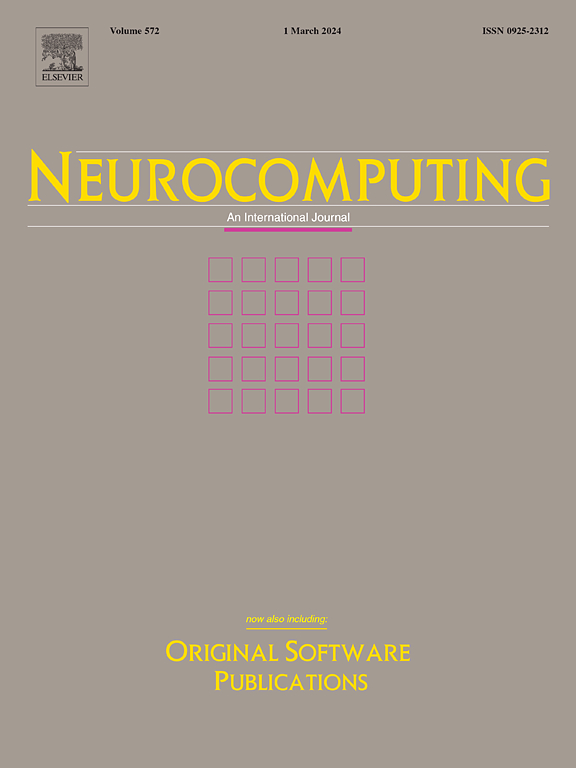基于强化学习的浓缩-脱水过程安全协调优化
IF 5.5
2区 计算机科学
Q1 COMPUTER SCIENCE, ARTIFICIAL INTELLIGENCE
引用次数: 0
摘要
由于其试错学习机制和有限的智能,当前的强化学习(RL)在应用于复杂的工业场景时面临着重大的安全风险。为提高其在高风险环境下的可部署性,本文以选矿过程中关键的高耗能子过程—浓缩—脱水过程为研究对象,提出了一种利用实时人为引导机制的安全RL协调优化框架。该框架由两个人在环模型组成:一是基于软感知的人监督模型,该模型预测智能体每一步动作的安全性,并提前识别潜在风险;二是基于模仿学习的人类示范模型,当检测到不安全动作时,自动生成符合人类专业知识的安全替代动作。最后,通过模型评估和过滤的安全动作用于与环境的交互,以确保RL过程的安全性。进一步推导了该算法的失效概率折现上限,从理论上验证了人导机构对安全的增强作用。实验结果表明,该算法在达到100% %的训练安全率的同时,比现有优化算法降低了15.62 %的能耗,具有较大的实际应用和广泛部署潜力。本文章由计算机程序翻译,如有差异,请以英文原文为准。
Safe coordinated optimization of the thickening-dewatering process via reinforcement learning with real-time human guidance
Due to its trial-and-error learning mechanism and limited intelligence, current reinforcement learning (RL) faces significant safety risks when applied to complex industrial scenarios. To improve its deployability in high-risk environments, this paper takes the thickening-dewatering process, a key and energy-intensive subprocess in mineral processing, as the research object and proposes a safe RL coordination optimization framework that leverages real-time human guidance mechanisms. The framework consists of two human-in-the-loop models: first, a human supervision model based on soft sensing, which predicts the safety of the agent’s actions at each step and identifies potential risks in advance; second, a human demonstration model based on imitation learning, which automatically generates safe alternative actions in line with human expertise when unsafe actions are detected. Finally, the safe actions, evaluated and filtered by the models, are used for interaction with the environment to ensure the safety of the RL process. Furthermore, this paper derives the upper bound of the discounted failure probability for the algorithm, theoretically validating the safety enhancement provided by the human guidance mechanism. Experimental results demonstrate that, while achieving a 100 % training safety rate, the proposed algorithm reduces energy consumption by 15.62 % compared to existing optimization algorithm, showing significant potential for practical application and broader deployment.
求助全文
通过发布文献求助,成功后即可免费获取论文全文。
去求助
来源期刊

Neurocomputing
工程技术-计算机:人工智能
CiteScore
13.10
自引率
10.00%
发文量
1382
审稿时长
70 days
期刊介绍:
Neurocomputing publishes articles describing recent fundamental contributions in the field of neurocomputing. Neurocomputing theory, practice and applications are the essential topics being covered.
 求助内容:
求助内容: 应助结果提醒方式:
应助结果提醒方式:


